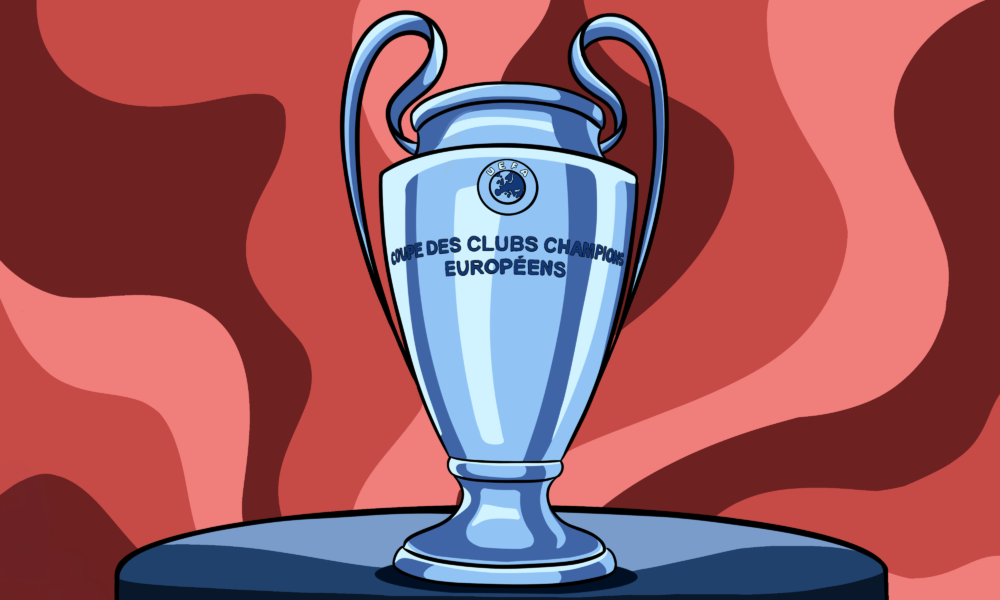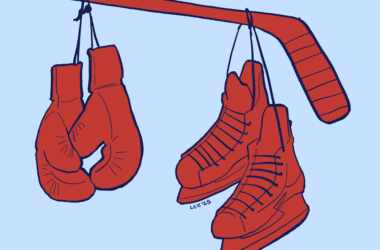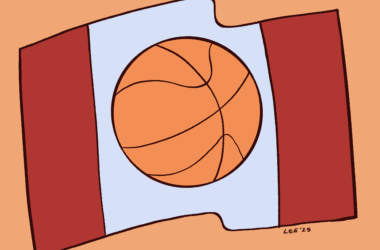The 2024-2025 Union of European Football Associations (UEFA) Champions League (UCL) season saw the first dramatic change to the league’s format since the second group stage—introduced in 1999—was dropped in 2003. The UCL is an annual, elite showcase for Europe’s most storied clubs. Since its inaugural edition in 1955, the tournament has symbolized the pinnacle of club competition in the continent; it often achieves viewership numbers that events like the Super Bowl could only dream of.
Traditionally, the UCL’s group-then-knockout-stage format offered a clear and competitive pathway for champions and top contenders across Europe, balancing a sense of exclusivity and inclusivity for top teams across nations. However, the 2024-2025 season brings a new chapter, to the chagrin of many. The UEFA Executive Committee’s is making a fundamental change to the UCL’s structure via the “Swiss model” league phase that will replace the classic group stage. In this rendition of the Swiss, 36 (up from 32) clubs will compete, facing eight opponents each. Subsequently, the total number of games will increase from 125 to 189, allowing for thousands of minutes of additional viewing time. The expansion raises an intriguing question: If the UCL is the “competition of champions,” what is the rationale behind adding more teams?
After these league-phase matches, the top eight teams will automatically qualify for the round of 16. Teams placing ninth to 24th will compete in a play-off round for a chance to reach the knockouts.
Effectively, the new format increases the number of games played by four in the pre-knockout phase. Clubs will now face more opponents, providing fans with marquee matchups earlier on. Meanwhile, the seeding system, wherein teams play two opponents from each “pot,” takes away features like home and away fixtures of the same matchup. However, it attempts to retain the essence of that idea by hosting four, an equal number, of both games. The Swiss model’s intention is clear: T1o generate a more varied and exciting group of matches, even if it means altering the established rhythm of qualification and impacting players’ ability to rest.
UEFA has laid out several motivations for these reforms, emphasizing a need to increase competitive diversity, boost revenue, and respond to the demands of elite clubs and fans alike. UEFA President Aleksander Čeferin has said that the changes maintain the league’s tradition of open competition by allowing more clubs to face Europe’s best. Some industry analysts suggest that investor and broadcast interests play a larger role in driving the reform than he lets on. With more games featuring top teams, UEFA and its broadcasting partners stand to see an increase in viewership and, by extension, advertising revenue. The expansion also helps satisfy elite clubs’ managements, which see the new format as both a financial incentive and a chance for their players to gain visibility in the European audience.
For fans, the Swiss model offers the chance to see their teams compete against a larger variety of European opponents. However, traditionalists may struggle to enjoy the drastically different new format. Players will certainly feel the effects of a longer, more intense competition—with the four extra games in the league phase, there is increased strain on top players, who already face packed domestic and international schedules. There’s also a heightened risk of fatigue and injuries, which could impact performance throughout the season.
UEFA’s investors and broadcasting partners, on the other hand, will benefit from the greater revenue potential that the format changes allow. The Swiss model is designed to increase viewership, and its fruition is aligned with UEFA’s goal of further solidifying the UCL as a commercial powerhouse, particularly in an era when sports broadcasting faces fierce competition from other mediums such as streaming platforms.
By expanding the number of teams and adopting a more inclusive approach, UEFA risks compromising the UCL’s identity and exclusivity as a “competition of champions.” The Swiss model undoubtedly introduces something fresh, but whether these changes ultimately enhance or dilute the League’s prestige is yet to be seen. As the upcoming season unfolds, only time will tell if the Champions League’s new format can live up to the legacy it seeks to build upon.







